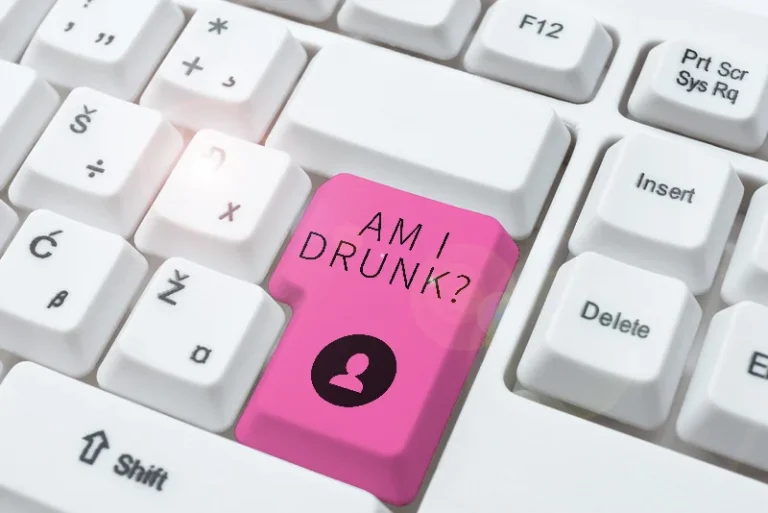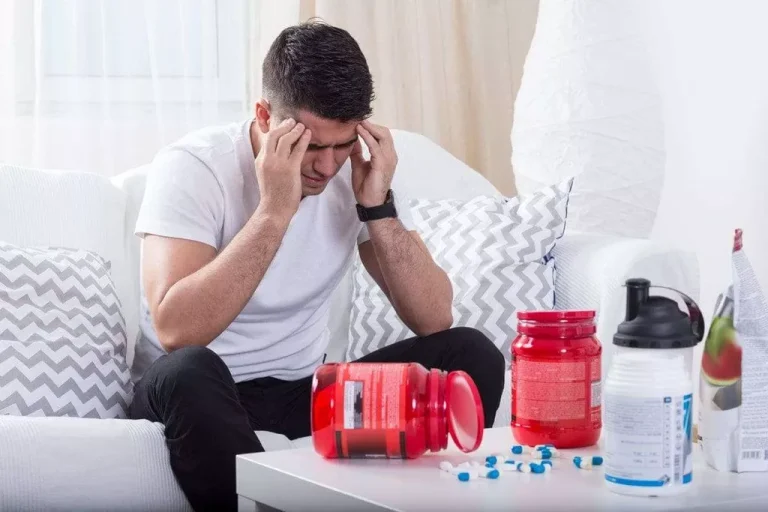
CLFC received a score of 3.7 (out of 4.0) on readiness for dissemination by NREPP. The Life Skills Training (LST) program seeks to influence major social and psychological factors that promote substance use. Separate curricula have been developed for elementary school students (grades three to six), middle or junior high students (grades six to eight, or grades seven to nine), and high school students (grades nine or ten). The Life Skills Training Middle School (LST-MS) program has been studied most extensively and is the focus of the following review. The LST-MS program is designed for 11 to 14 year old students and is delivered in fifteen class periods (typically 40 to 45 minutes long) in the first year of middle or junior high school. Booster interventions are taught in ten class periods in the second year and five in the third year of middle or junior high school.
Why do teenagers try drugs?
It’s like having a skilled mechanic who can spot and fix a small engine problem before it leads to a complete breakdown. Family-centered approaches recognize that addiction doesn’t just affect individuals – it impacts entire families. By involving parents and siblings in prevention efforts, we can create a supportive environment that reinforces healthy choices. It’s like building a strong foundation for a house – with the right support, it can withstand even the strongest storms. Drug addiction, a chronic and relapsing brain disorder, is characterized by compulsive drug-seeking and use despite harmful consequences. It’s a condition that doesn’t discriminate, affecting people from all walks of life, regardless of age, gender, or socioeconomic status.
Helping children make friends: What parents can do
By helping individuals identify and challenge negative thoughts, these strategies can reduce the risk of turning to drugs as a coping mechanism. It’s like rewiring the brain’s circuitry, creating new, healthier pathways for dealing with life’s ups and downs. To effectively prevent drug addiction, we must first understand the intricate web of risk factors that contribute to its development. It’s like solving a complex puzzle, where each piece represents a different aspect of an individual’s life and experiences. When you fear that your child or your friend is misusing drugs or alcohol, panic may take over.

Model School-Based Programs
Prevention and early intervention strategies can reduce the impact of substance use and mental disorders in America’s communities. It is recommended that two or more facilitators run each of the parent and youth sessions in order to facilitate a team approach that enhances learning. If CLFC is provided over a 20-week period, these four facilitators can work with up to 30 families (one day per week, four hours a day). Transition services should stem from the individual youth’s needs and strengths, ensuring that planning takes into account his or her interests, preferences, and desires for the future.
Evidence-Based Prevention Programs
Project TND was initially developed for high-risk students attending alternative or continuation high schools. It has been adapted and tested among students attending traditional high schools as well. Project TND received a score of 3.1 (out of 4.0) on readiness for dissemination by NREPP. By teaching young people how to communicate effectively, manage stress, and make good decisions, we’re equipping them with the tools they need to navigate life’s challenges without turning to drugs. It’s like giving them a Swiss Army knife for life – versatile, practical, and always useful.
Other preventive strategies

Academic pressure, low self-esteem, and peer pressure are just a few factors that increase their risk of substance use. A study showed that 60% of teens in a community-based substance use treatment program were also diagnosed with a mental health disorder. Let’s also not forget the importance of community-based strategies, particularly in preventing specific types of drug use like heroin addiction. By working together, we can https://ecosoberhouse.com/ create safer, healthier communities that are resistant to the spread of drug addiction. As we continue to face the challenges of drug addiction, it’s important to remember that prevention is not just about avoiding negative outcomes – it’s about promoting health, wellbeing, and human potential. It’s about creating a world where everyone has the opportunity to live a full, healthy life free from the chains of addiction.

Workforce/Practitioner Training and Education
Normative education approaches include content and activities to correct inaccurate perceptions regarding the high prevalence of substance use. Many adolescents overestimate the prevalence of smoking, drinking, and the use of certain drugs, which can make substance use seem to be normative behavior. Educating youth about actual rates of use, which are almost always lower than the perceived rates of use, can reduce perceptions regarding the social acceptability of drug use.

In addition, BSFT was found to produce effects on other outcomes, including engagement in therapy, conduct problems and aggression, and family functioning. In support of the quality of research on Family Matters, the NREPP web site lists two peer-reviewed outcome papers with study populations consisting of primarily White youth (no replication studies were listed). Further, these effects were maintained at 3-and 12-month follow-up assessments, although the effect sizes were small. The intervention reduced smoking onset among adolescents; at the 12-month follow-up, 16.4% fewer participating adolescents had initiated smoking compared with a control group of adolescents who did not receive the program.
Substances Used
- NREPP connects members of the public to intervention developers so they can learn how to implement these approaches in their communities.
- Skills are taught using instruction, demonstration, feedback, reinforcement, and practice [32].
- This fact sheet offers young adults information on living with depression, including causes and approaches to treatment.
- Booster interventions are taught in ten class periods in the second year and five in the third year of middle or junior high school.
Students who received LST were compared to controls six years after the intervention, and findings revealed a significant decrease in cigarette smoking, alcohol use (drunkenness), and concurrent tobacco, alcohol, and marijuana use in the LST group. The strongest intervention effects were observed among students exposed to at least 60% of the intervention; these students had significantly lower rates than controls for use of tobacco, alcohol, marijuana, and multiple drugs. A subsample of adolescents considered to be at high risk for substance use initiation were found to engage in less smoking, drinking, inhalant use, and multiple drug use compared with similarly matched controls. A third randomized controlled trial of a rural predominantly White sample found a significantly slower rate of increase in substance use initiation from at the posttest, one-year follow-up, and five and a half years past baseline compared to controls. The LST group was found to engage in less methamphetamine use in the 11th and 12th grade follow-up assessments, relative to controls. When growth over time was examined in a high risk subsample, the LST group had slower increases in the rates of marijuana use and multiple drug use compared to controls.
- The program is designed to be delivered over an 8 to 12 week period, and the sessions are 60 to 90 minutes each.
- National Institute on Drug AbuseA division of the National Institutes of Health, NIDA’s mission is to lead the nation in bringing the power of science to bear on drug abuse and addiction.
- It’s also important to know the signs of drug use and intervene early to help teens who are at risk for or have already developed substance use disorders.
- In particular, harsh disciplinary practices, poor parental monitoring, low levels of family bonding, and high levels of family conflict contribute to both internalizing and externalizing behaviors including substance use and abuse.
- As we move forward in our efforts to prevent drug addiction, let’s remember that knowledge is power.
- Parenting can affect substance use both directly and indirectly by influencing established precursors of substance use such as aggressive behavior and other conduct problems.
These kids tend to think prescription drugs are safer than drugs bought from street dealers since these drugs come from a pharmacy and mom and dad use them. A few decades ago, parents used to lock their liquor cabinets; perhaps the time has come for them to lock their medicine cabinets, or at least keep track of the number of pills there. If teens become teen drug abuse involved in drug and substance use, the effects can be severe, permanent and damaging to themselves and those around them. Providers are counselors and other college personnel proficient in motivation interviewing techniques. Provider training can be completed in one to two days, and is conducted by the program developers either onsite or offsite.
